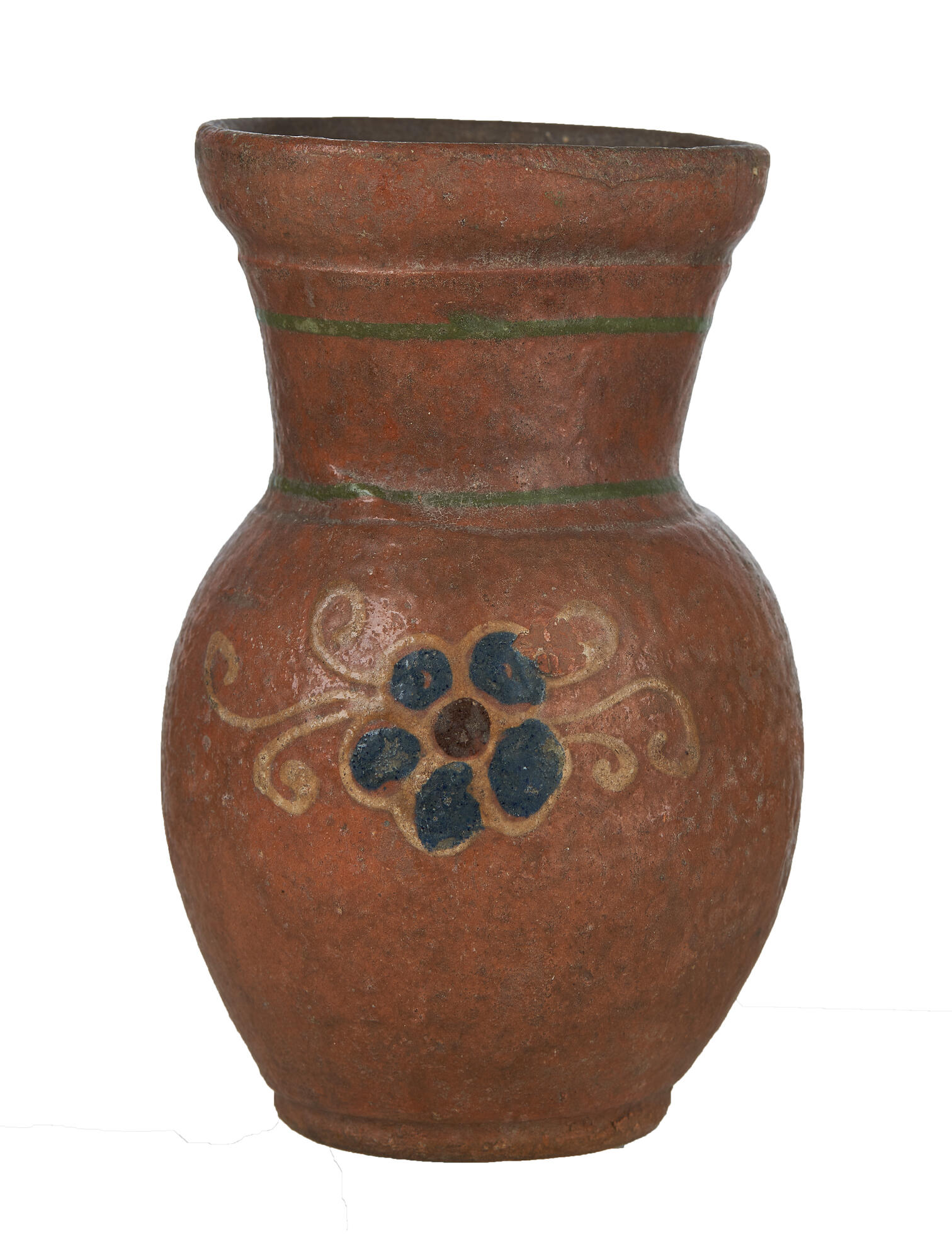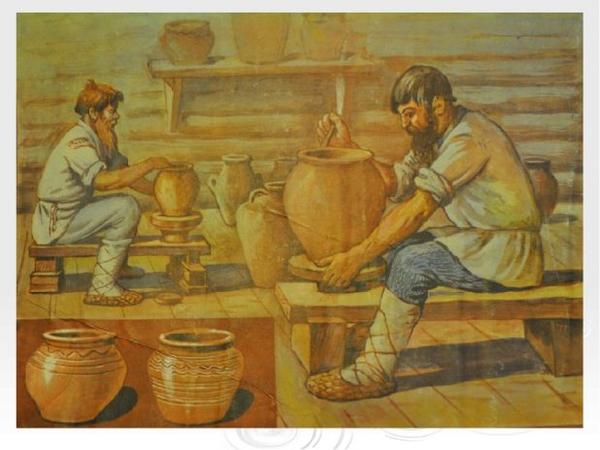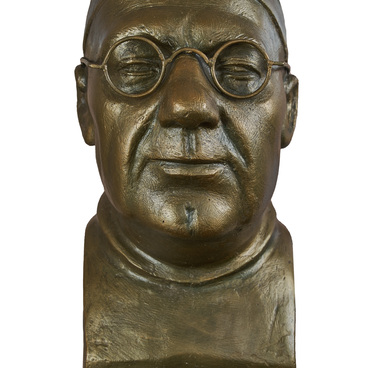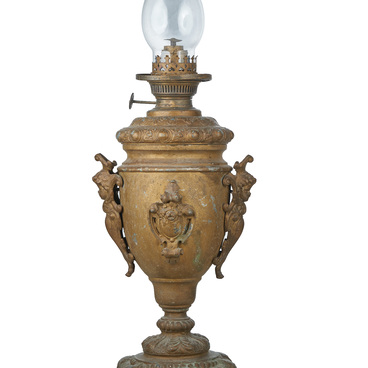In the collection of the Urazov Local History Museum you can see a milk jug. It was created in the Urazovo settlement at the end of the 19th century.
The milk jug is a pottery vessel in which milk was stored and served on the table. It was distinguished by a high, rather wide throat, which smoothly passes into a rounded body. Its shape, diameter and height are designed for a hand grip. Milk in such a vessel keeps its freshness longer, and when sour, it gives a thick layer of sour cream, which is convenient to remove with a spoon. Also, a milk jug in Russian villages was often called clay bowls, dishes, mugs, which were used for milk.
The clayware appeared a long time ago. From time immemorial, many peoples have used it. Clay is a natural and environmentally friendly material. It is believed that the clay is able to eliminate negative emotions. In Novgorod and Suzdal, according to the materials of the excavations, scientists came to the conclusion that there were a lot of types of household clay utensils in the 10th–11th centuries. Small quantities of food were cooked in pots, water was carried and stored in buckets, ewers, valleys, jugs, and water for washing was kept in hand-washing bowls and tubs. Drinks were served in valleys, jugs or bros. People drank from mugs, bowls, ladles, and cups. To knead the dough, they used egg-shaped or cone-shaped pots, which were called ‘oparnitsa, kvashonka, korchaga, makitra’.
The milk jug is a pottery vessel in which milk was stored and served on the table. It was distinguished by a high, rather wide throat, which smoothly passes into a rounded body. Its shape, diameter and height are designed for a hand grip. Milk in such a vessel keeps its freshness longer, and when sour, it gives a thick layer of sour cream, which is convenient to remove with a spoon. Also, a milk jug in Russian villages was often called clay bowls, dishes, mugs, which were used for milk.
The clayware appeared a long time ago. From time immemorial, many peoples have used it. Clay is a natural and environmentally friendly material. It is believed that the clay is able to eliminate negative emotions. In Novgorod and Suzdal, according to the materials of the excavations, scientists came to the conclusion that there were a lot of types of household clay utensils in the 10th–11th centuries. Small quantities of food were cooked in pots, water was carried and stored in buckets, ewers, valleys, jugs, and water for washing was kept in hand-washing bowls and tubs. Drinks were served in valleys, jugs or bros. People drank from mugs, bowls, ladles, and cups. To knead the dough, they used egg-shaped or cone-shaped pots, which were called ‘oparnitsa, kvashonka, korchaga, makitra’.




